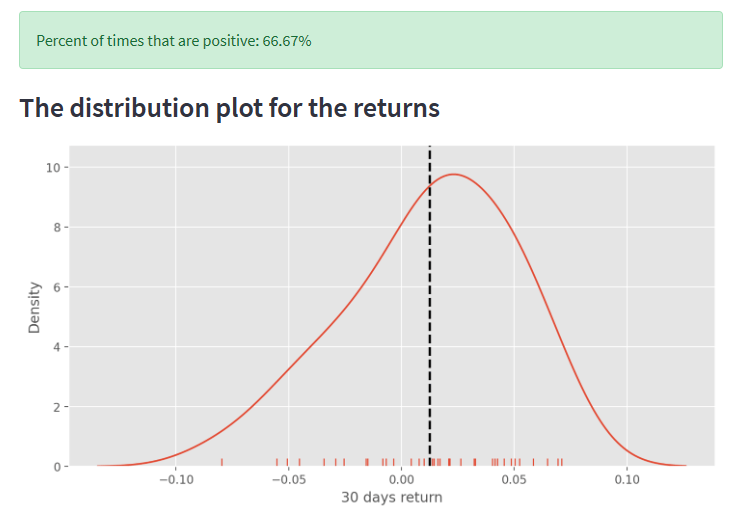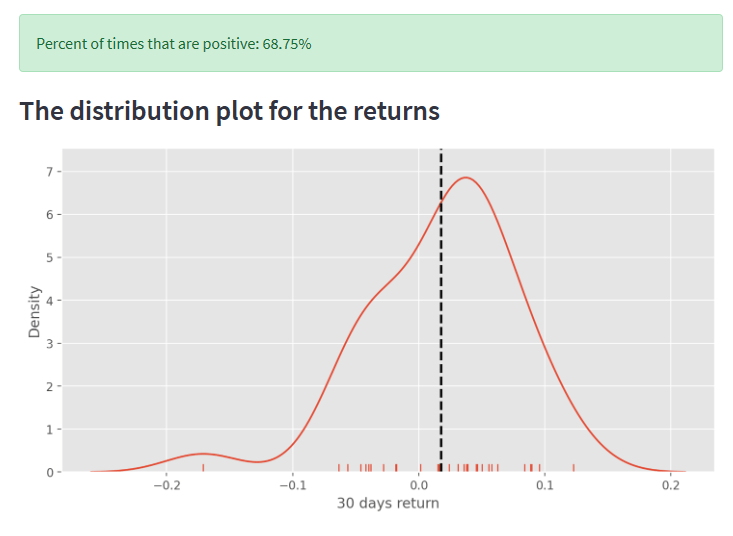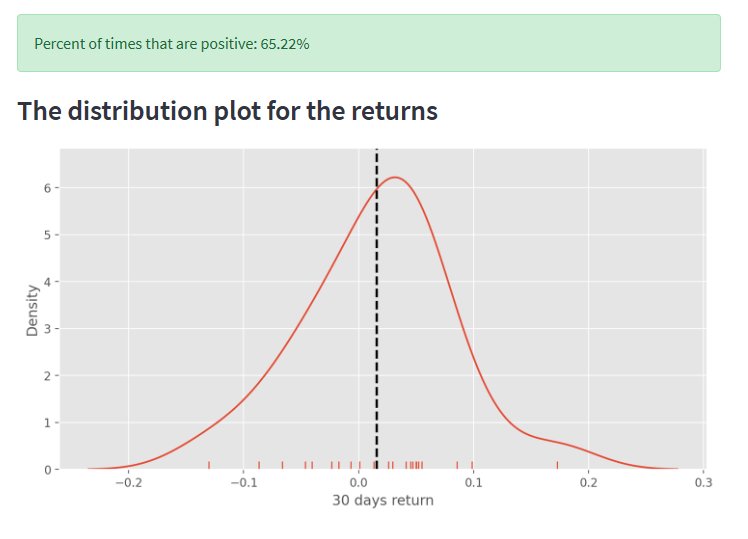[ad_1]
S&P 500 Index, SPX, Nasdaq Composite Index – Price Outlook:
- Only 18% of the members in the S&P 500 index are above their respective 20-day moving average.
- 17% of the members in the Nasdaq Composite Index are trading with 14-day RSI below 30.
- What does it mean for the trend going forward?
Recommended by Manish Jaradi
Traits of Successful Traders
Market breadth in US indices has weakened recently, with some indicators around multi-month lows. From a contrarian perspective, it could reflect oversold conditions, pointing to a minor rebound ahead of the US earnings season.
S&P 500:
As of Friday, around 18% of the members in the S&P 500 index were above their respective 20-day moving average (DMA). Data from 1996 onwards suggests that when 17%-20% of the members were above their respective 20 DMAs, the index was up 67% of the time over the subsequent 30 days. That is, in such instances, 67% of the time the index returns have been positive over the subsequent one-month period based on historical performance (see the distribution plot).
Distribution plot of S&P 500 index returns when 17%-20% of members are above their respective 20-day moving average
Data Source: Bloomberg; Chart Created by Manish Jaradi in Python
Similarly, data from 1996 onwards suggests that when 21%-24% of the members were below their respective Lower Bollinger Bands, the index was up 66% of the time over the subsequent 30 days. That is, in such instances, 66% of the time the index returns have been positive over the subsequent one-month period based on historical performance (see the distribution plot).
Distribution plot of S&P 500 index returns when 21%-24% of members are below their respective Lower Bollinger Band
Data Source: Bloomberg; Chart Created by Manish Jaradi in Python
Furthermore, as of Friday, 17% of the members in the S&P 500 index had the 14-day Relative Strength Index below 30. Data from 1996 onwards suggests that when 15%-18% of the members had their 14-day RSI below 30, the index was up 68% of the time over the subsequent 30 days. That is, in such instances, 68% of the time the index returns have been positive over the subsequent one-month period based on historical performance (see the distribution plot).
Distribution plot of S&P 500 index returns when 15%-18% of members are trading with 14-day RSI below 30
Data Source: Bloomberg; Chart Created by Manish Jaradi in Python
Nasdaq Composite Index:
As of Friday, around 23% of the members in the Nasdaq index were above their respective 20-day moving average (DMA). Data from 2002 onwards suggests that when 22%-25% of the members were above their respective 20-DMAs, the index was up 72% of the time over the subsequent 30 days. That is, in such instances, 72% of the time the index returns have been positive over the subsequent one-month period based on historical performance (see the distribution plot).
Distribution plot of Nasdaq Composite index returns when 22%-25% of members are above their respective 20-day moving average
Data Source: Bloomberg; Chart Created by Manish Jaradi in Python
Similarly, data from 2002 onwards suggests that when 12%-15% of the members were below their respective Lower Bollinger Bands, the index was up 62% of the time over the subsequent 30 days. That is, in such instances, 62% of the time the index returns have been positive over the subsequent one-month period based on historical performance (see the distribution plot).
Distribution plot of Nasdaq Composite Index returns when 12%-15% of members are below their respective Lower Bollinger Band
Data Source: Bloomberg; Chart Created by Manish Jaradi in Python
Furthermore, as of Friday, 17% of the members in the Nasdaq index had the 14-day Relative Strength Index below 30. Data from 2002 onwards suggests that when 16%-19% of the members had their 14-day RSI below 30, the index was up 65% of the time over the subsequent 30 days. That is, in such instances, 65% of the time the index returns have been positive over the subsequent one-month period based on historical performance (see the distribution plot).
Distribution plot of Nasdaq returns when 16%-19% of members are trading with 14-day RSI below 30
Data Source: Bloomberg; Chart Created by Manish Jaradi in Python
Recommended by Manish Jaradi
Elliott Wave for Beginners
— Written by Manish Jaradi, Strategist for DailyFX.com
— Contact and follow Jaradi on Twitter: @JaradiManish
[ad_2]







